Train Seat Reservation in Italy Explained: Insider Tips, Hidden Fees, and 7 Essential Steps for Stress-Free Travel
Booking a seat on a train in Italy might look straightforward at first glance, but there are a few quirks that throw even seasoned travelers. I can’t count how many times I’ve watched someone frantically wave the wrong ticket at a conductor, hoping for mercy. Don’t assume your ticket always includes a seat—sometimes, you need to secure a reservation separately if you want to actually sit down.
If you’re already asking yourself whether you need that extra reservation, or how early you should book to snag the window seat, you’re doing better than most. The real trick is knowing how rail passes interact with reservations, and why some trains fill up in a flash while others stay half-empty. That kind of insider knowledge will save you from a lot of last-minute headaches.
Table of Contents
- Key Takeaways
- Overview of Train Seat Reservation in Italy
- Types of Trains and Seat Reservation Requirements
- Why Seat Reservations Are Mandatory on Some Routes
- How to Book Train Seats in Italy
- Purchasing Seat Reservations with Train Tickets
- Booking Seats Separately from Rail Passes
- Seat Reservation Policies by Train Type
- Frecciarossa, Frecciabianca, and Frecciargento
- Italo Trains
- Regional and Intercity Trains
- Seat Reservations for Rail Pass Holders
- Making Reservations with Eurail and Interrail Passes
- Youth Passes and Reservation Rules
- International and Overnight Trains to and from Italy
- International Train Connections and Seat Booking
- Overnight Trains and Couchette Reservations
- Tips for Choosing and Securing Your Preferred Seat
- How to Choose Seats When Booking
- Seat Classes and Amenities in Italy
- Understanding Train Schedules and Ticket Validity
- Train Schedule Variations by Route
- Ticket and Reservation Validity Periods
- Frequently Asked Questions
- What are the steps for reserving a seat on an Italian train online?
- Is first-class travel on Italian trains worth the extra cost?
- How does luggage accommodation work for train travel in Italy?
- Can you reserve seats on Frecciarossa trains, and how does the process differ from other trains?
- What should you know about the seat maps before booking through ItaliaRail?
- What is the most cost-effective method for purchasing train tickets within Italy?
- Book Your Dream Experience
- More Travel Guides
Key Takeaways
- Many Italian trains require seat reservations, and tickets don’t always include them.
- The rules for reservations depend on the train type and route.
- Figuring out the system early helps you avoid awkward moments and land your favorite seat.
Overview of Train Seat Reservation in Italy
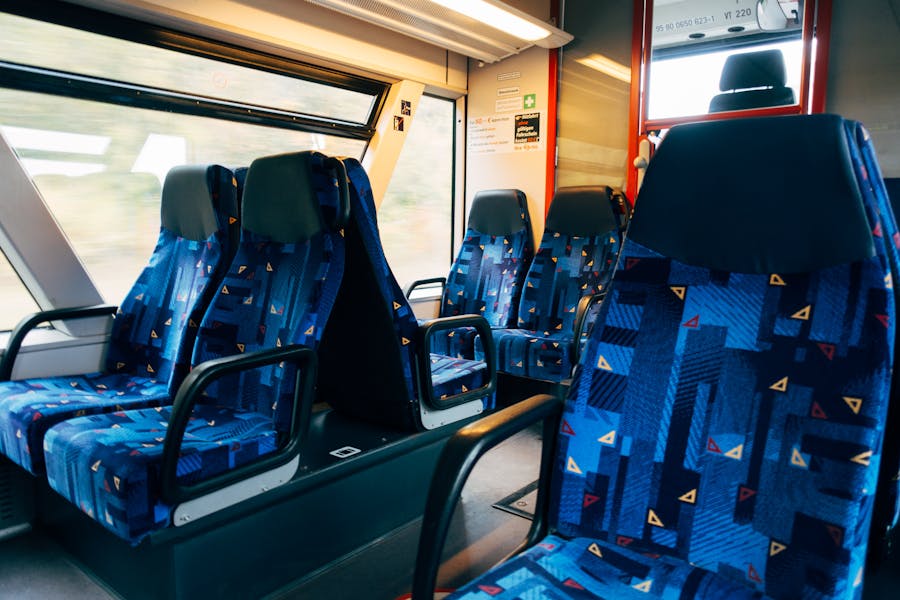
Traveling by train in Italy isn’t just about grabbing the first ticket you see. You really need to know which trains require seat reservations, or you risk standing the whole way—or missing your ride entirely.
Types of Trains and Seat Reservation Requirements
Italy’s train network is a wild mix: you’ve got blazing-fast high-speed trains and those slow, sometimes charming, regional trains. The high-speed lines—Frecciarossa, Frecciargento, Frecciabianca—are as fancy as they sound, and you can’t board without a seat reservation. You’ll pick your seat, your train, and your time. Same with Intercity, Italo, and the international ones like TGV and ICE heading to France or Germany.
Regional trains, usually called “Regionale” or “Regionale Veloce,” don’t assign seats. No reservations—just buy your ticket and hop on. If you’re on a night train, you’ll need a reservation and sometimes even get assigned a bunk or compartment.
Here’s a quick cheat sheet:
| Train Type | Reservation Needed? | Notes |
|---|---|---|
| High-speed (Freccia) | Yes | Seat & train-specific |
| Intercity | Yes | Usually mandatory |
| Regional | No | First come, first served |
| Italo | Yes | Private high-speed |
| International (TGV) | Yes | To/from France, Germany, etc. |
| Night trains | Yes | Assigned bunk/compartment |
Why Seat Reservations Are Mandatory on Some Routes
Why do some trains insist on seat reservations? For the fast trains—like Frecciarossa and those sleek TAV routes—it’s about keeping everything running smoothly. Imagine Milan at rush hour without assigned seats. Total chaos, right?
When you reserve, you get a guaranteed spot. No standing in the aisles, unless you’re into that. And really, when you’re flying down the tracks at 300 km/h, you want to know where you’ll sit.
Private operators like Italo and international trains set their own rules, but they stick to the same logic. They want to prevent overcrowding, keep things comfortable, and make sure everyone pays the correct fare. I’ve found that booking early is sometimes the only way to get the seat or time you want, especially if you’re traveling with friends or family.
How to Book Train Seats in Italy
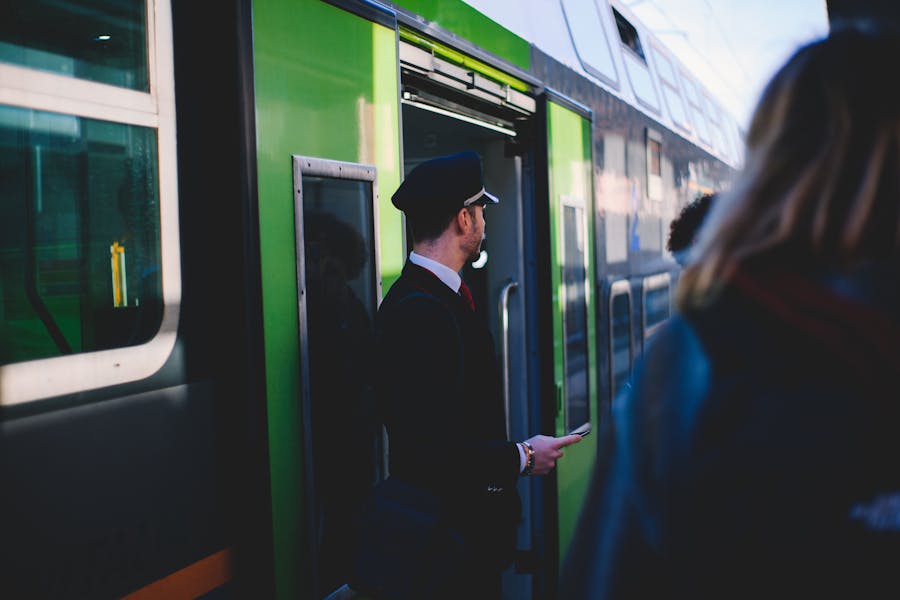
Booking a train seat in Italy isn’t rocket science, but if you’re new to the system, it does feel a bit like a maze. Whether you’re booking on your phone or using a rail pass, knowing where and how to make your reservation can save you a ton of stress.
Purchasing Seat Reservations with Train Tickets
If you buy a point-to-point ticket for high-speed or Intercity trains, your seat reservation usually comes bundled in. No extra steps—your carriage and seat number will be printed right on your ticket. The first time I booked a Rome–Florence trip on Trenitalia, I had no idea until I saw the seat number pop up on my ticket. If you use ItaliaRail, Omio, or Trainline, it’s mostly the same deal. There’s usually a spot to pick your seat, and during busy seasons, I’d definitely recommend doing so.
You can buy tickets online, at ticket counters, or at those omnipresent self-service machines. Personally, I like the machines—no need to practice your Italian or wait in long lines. Book ahead if you can; last-minute seats, especially Fridays and Sundays, vanish fast.
Here’s where you can buy tickets and reservations together:
- Online booking: Trenitalia, ItaliaRail, Omio, Trainline
- Self-service kiosks: Found at almost every station
- Ticket counters: Helpful staff, but lines can be slow
Booking Seats Separately from Rail Passes

Rail passes like Eurail or Interrail change the game. You get unlimited rides, but for most high-speed or long-distance trains in Italy, you still need to pay a small fee to reserve your seat. The first time I traveled with a pass, I thought I could just hop on, but nope—those reservations are non-negotiable for Frecciarossa, Frecciargento, Frecciabianca, and many Intercity trains.
If you already have a rail pass, you can get a reservation at a Trenitalia desk or use self-service machines (look for the “seat reservation only” button—it’s easy to miss). Online, ItaliaRail and the Eurail portal can help, though sometimes the online system is glitchy or limits which days you can book. I’d suggest handling reservations at least a day or two in advance, especially during summer.
Regional trains? Don’t worry about reservations. Just hop on with your pass if you’re traveling between smaller towns.
Seat Reservation Policies by Train Type
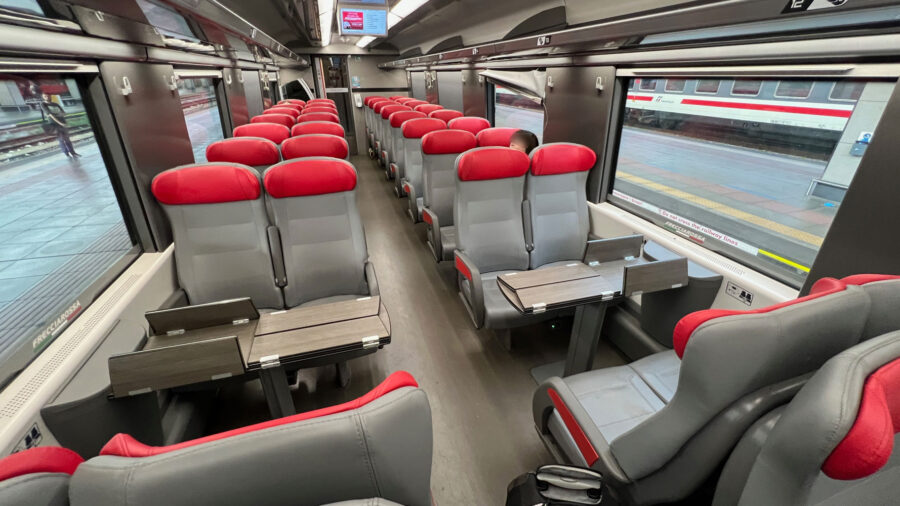
When you’re booking train travel in Italy, the seat reservation rules depend a lot on the type of train. Some expect you to pick a seat in advance, others let you just show up and grab any open spot.
Frecciarossa, Frecciabianca, and Frecciargento
Trenitalia’s high-speed Frecciarossa, Frecciabianca, and Frecciargento trains require seat reservations. No exceptions. You have to book for a specific train at a set time—your ticket is only good for that exact departure.
You’ll get assigned a seat automatically when you book. If you’re with a group, book together so you’re not scattered all over the carriage. I once tried booking last-minute on a holiday and found every seat sold out. Booking ahead is a lifesaver, especially on busy routes like Rome to Florence or Milan to Venice.
Italo Trains
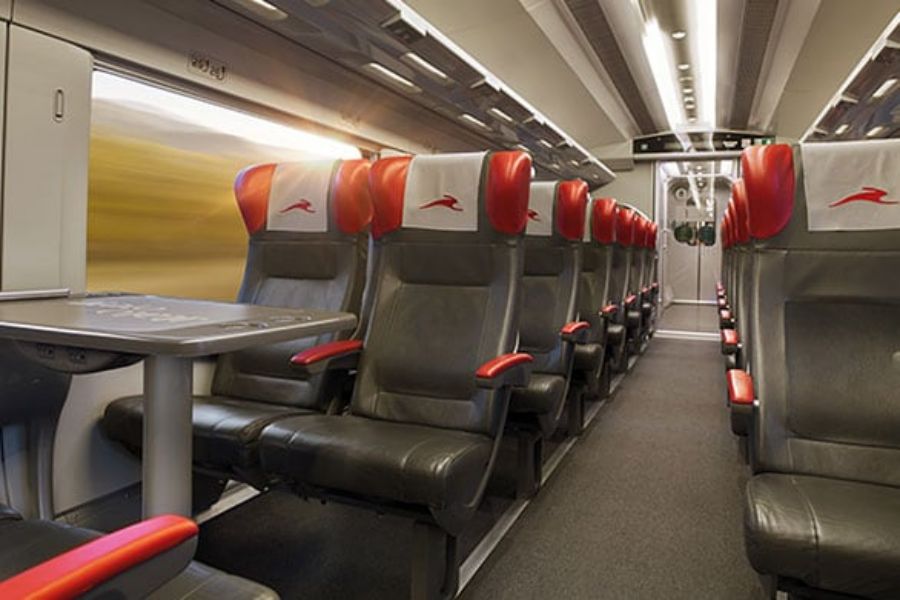
Italo runs its own fleet of high-speed trains and stations, but the policy matches Trenitalia’s: you need a seat reservation.
With Italo, you pick your travel time up front, and your seat is reserved. What I like about Italo is you sometimes get to choose your seat during online booking—window, aisle, close to the café car, whatever suits your mood. If I’m on a long ride, I always go for a seat far from the doors for a little more quiet.
Don’t try boarding Italo without a proper reservation. Conductors check, and they don’t mess around.
Regional and Intercity Trains
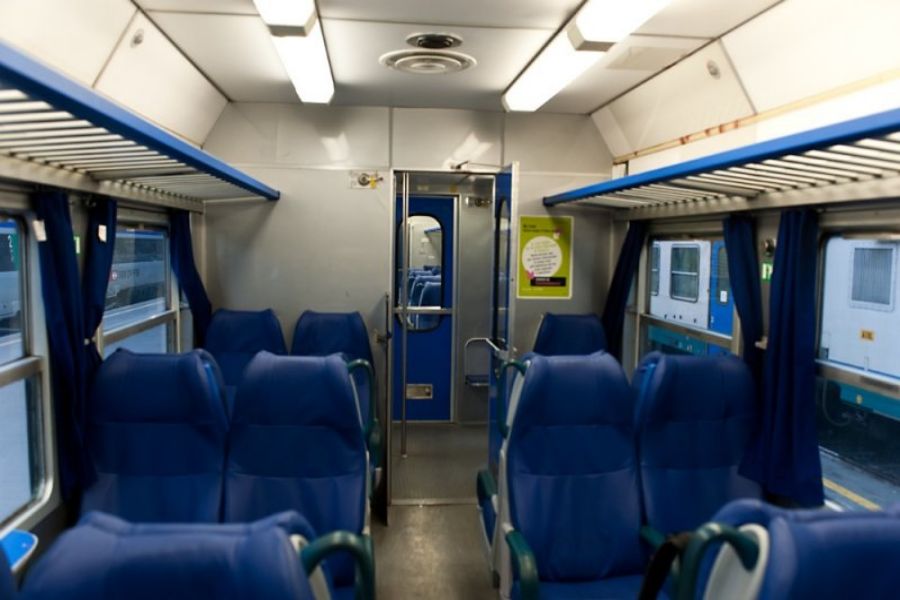
Regional trains—“Regionale” or “Regionale Veloce”—are super chill. No seat reservations. Just buy a ticket, validate it, and grab whatever seat you find. During rush hour or holidays, you might have to stand, so travel early if you want a seat.
Intercity trains are trickier. Some routes require reservations, others let you add one if you want. I’ve stood by the doors on a packed Intercity before, regretting not reserving a seat in advance.
To keep it simple:
- Regional trains: No reservations, ever.
- Intercity: Check your route—reservations are often required or at least a smart move.
Always double-check before you travel, especially if you’d rather not stand with your backpack the whole way.
Seat Reservations for Rail Pass Holders
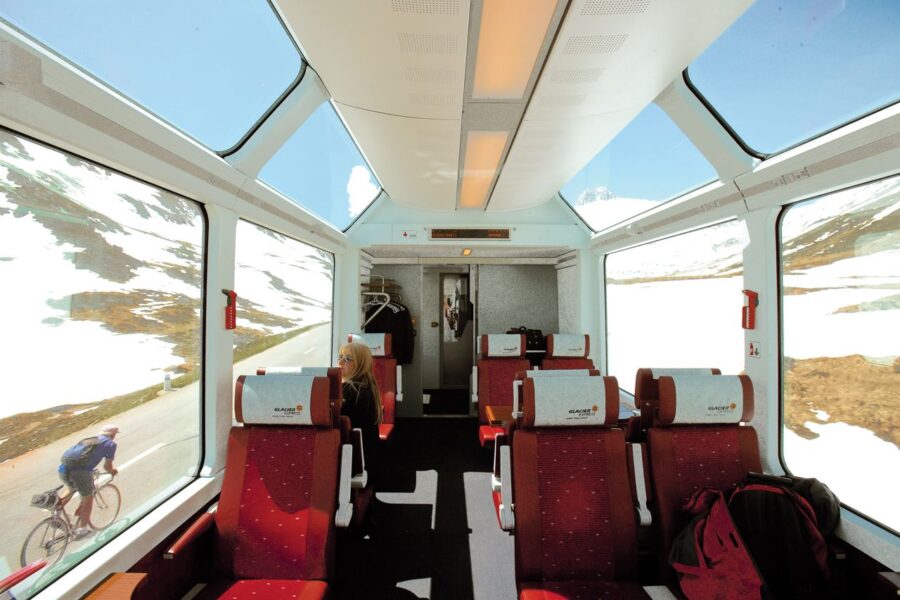
If you’re exploring Italy with a rail pass—like Eurail or Interrail—it’s a game-changer, but you still need to know the reservation drill. Booking your spot and understanding the fine print for youth passes can save you a world of confusion.
Making Reservations with Eurail and Interrail Passes
Got a Eurail or Interrail pass? Don’t assume you can just wander onto any train. Most high-speed and long-distance trains in Italy—Frecciarossa, Frecciargento, InterCity—require a seat reservation, even if you’ve already paid for your pass.
I’ve stood in a sweaty line at Rome Termini because I skipped booking ahead. Not my finest moment. Reservations aren’t included in your pass—they’re a separate fee, usually about €10 for domestic high-speed trains.
You can book online through the Eurail or Interrail website, directly with Trenitalia or Italo, or at station ticket offices. Just a heads up: reservations do sell out, especially in the summer. I try to book a few days ahead, but if you’re flexible, you might get lucky the same day.
Here’s a quick look at your options:
| Where to Reserve | How to Reserve | Cost |
|---|---|---|
| Eurail/Interrail online portals | Book ahead, print ticket | €10+ |
| Train station ticket offices | In person, same-day possible | €10+ |
| Trenitalia/Italo websites | With rail pass, online | €10+ |
Youth Passes and Reservation Rules
If you’re under 28, you can score a youth pass for a lower price, but you still have to pay for seat reservations just like everyone else. I’ve seen plenty of backpackers get caught out by this at the ticket gate—awkward, to say the least.
Kids under 12 sometimes ride for free or at a discount with certain passes, but older youth still need to follow the reservation rules. Saving money with a youth pass doesn’t mean you skip the seat fee for required trains.
My advice? Carry your passport or ID when you travel with a youth pass. Train staff do sometimes check to make sure you actually qualify for the youth rate. If you’re caught without a reservation, you’ll likely pay a fine right then and there.
Here’s a quick checklist if you’re using a youth rail pass:
- Reserve for Frecciarossa, Frecciargento, and InterCity trains.
- Check if your pass requires a reservation for regional trains (usually not).
- Keep your pass, seat reservation, and ID together and handy.
It sounds like a lot, but after your first trip, it all clicks into place. You’ll fall into a rhythm pretty quickly.
International and Overnight Trains to and from Italy
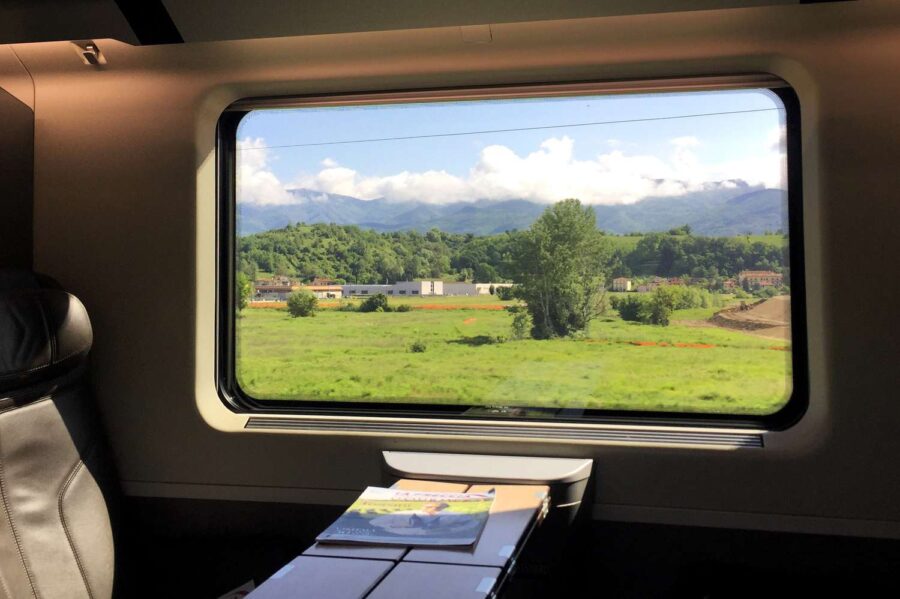
Traveling by train across Europe lets you stay flexible and adds a bit of adventure to your trip. If you’re crossing borders or hopping on a night train, there are a few quirks and tips you should know—especially around booking seats and sleeping arrangements.
International Train Connections and Seat Booking
Want to catch an international train from Italy—maybe to France, Switzerland, Austria, or Germany? You’ll probably end up on a high-speed service like the TGV or ICE. These trains are quick and comfy, but you really do have to reserve your seat ahead of time. Even with a rail pass, skipping the reservation isn’t an option.
For instance, heading to Paris on the TGV? You need to grab a seat reservation in advance. Prices usually land somewhere between €10 and €30, depending on your route and how early you book. I’ve tried to wing it and buy a seat on the day—no dice. Those trains fill up fast, especially on weekends or during holidays, so don’t gamble on last-minute luck.
Booking early means you get a specific seat, and you can usually pick your favorite spot. Personally, I’m a window seat fan—those Alpine views are unbeatable. Conductors check your ticket and reservation, so you’ll know exactly where to go. It’s not like local Italian trains where you just jump on and sit wherever.
Every now and then, these international trains offer bundled deals, so poke around if you’re also booking flights or other add-ons. Sometimes you can save a bit if you plan ahead.
Overnight Trains and Couchette Reservations
Overnight trains in Italy and beyond are honestly a gem if you want to skip a hotel and not waste daylight. Waking up in a new country? That’s a traveler’s dream. But here’s the thing: for Intercity Notte or international night trains, you need to reserve a berth—a couchette—or go all out for a private sleeper.
You’ve got choices: regular seats (which, honestly, are rough for sleeping), shared couchettes (bunk beds, usually four or six per compartment), or private sleeper cabins. If you’re watching your wallet, couchettes hit the sweet spot between cost and comfort. Families? Springing for a private cabin can be worth every euro.
Book those berths early, especially for hot routes like Rome to Vienna or Milan to Munich. I’ve seen couchettes and sleepers sell out fast during holidays or big events. Trust me, you don’t want to end up in a regular seat all night—I’ve tried, and it’s not pretty.
Night train compartments usually lock, so your stuff stays secure while you sleep. For cheap fares, overnight trains can be a sneaky way to save money and maximize sightseeing hours.
Tips for Choosing and Securing Your Preferred Seat
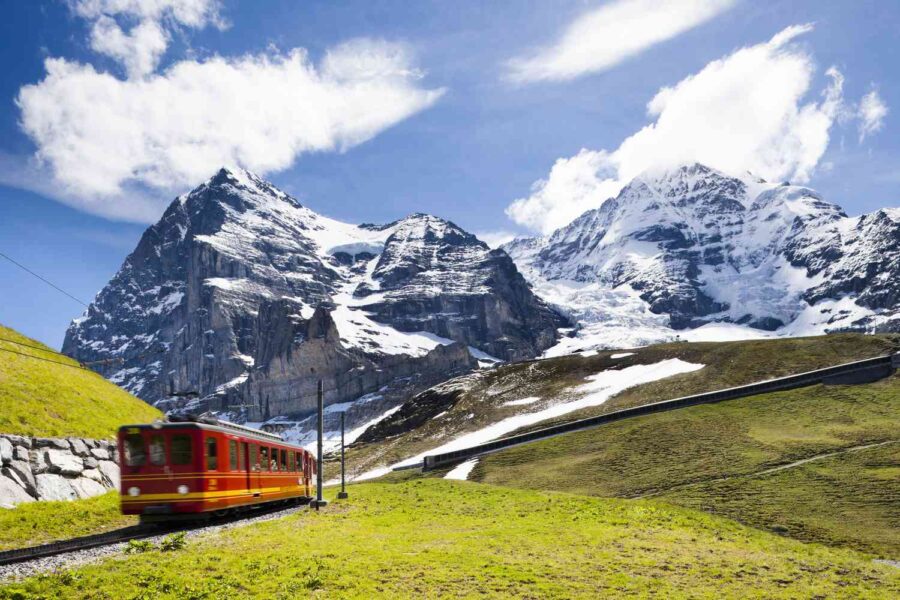
Nabbing the right seat on an Italian train can totally change your travel vibe—think comfort, views, and the overall experience. High-speed trains almost always require reservations, but regional trains are a bit more chill about it.
How to Choose Seats When Booking
When you buy a ticket for a Trenitalia or ItaliaRail train, you usually get to pick your seat. If you care about where you sit, book early. Aisle seats make it easier to stretch your legs, while window seats are perfect for scenic rides like Florence to Venice. I always snag a window if I can.
Avoid seats near the doors if you want a quiet ride—those spots get a lot of foot traffic. Traveling with a group? Use the seating map to keep everyone together; it gets messy if you wait until the last minute.
On high-speed trains, you need a seat reservation. It costs a bit more, but reserving directly when you buy your ticket—especially as part of a tour package—makes the whole process smoother.
Seat Classes and Amenities in Italy
Italy’s high-speed trains—Frecciarossa, Italo—offer a few different classes. Honestly, standard class is perfectly fine for most: comfy seats, clean cars, and enough legroom. But if you want more space or a snack at your seat, premium or business class feels like a treat.
1st Class is quieter and sometimes comes with free drinks or extra space. On long rides, that extra comfort really matters. Sometimes, after a few hours on the rails, you just want to stretch out. Here’s a quick rundown:
| Class | Extra Perks | Who it Fits Best |
|---|---|---|
| Standard | Basic seat | Budget travelers |
| Premium | More space, snacks | Comfort seekers |
| Business/Executive | Quiet, more service | Work or special trip |
Not every train lets you pick your exact seat—regional lines usually don’t. High-speed and some intercity trains do, though. If you’re booking as part of a day tour, try to bundle your activities and train tickets, especially during busy seasons. It makes getting a decent seat way easier.
Always double-check your seat number before boarding. Italian trains run on time, so if you’re late, someone else might snag your spot.
Understanding Train Schedules and Ticket Validity

Italy’s train system is a bit of a puzzle, but worth figuring out. From speedy high-speed trains to leisurely regional lines, each type handles schedules and tickets in its own way. Knowing the basics can save you a headache.
Train Schedule Variations by Route
Traveling between big cities like Rome, Florence, or Milan? You’ll probably ride a high-speed train such as Frecciarossa or Italo. These stick to fixed timetables, and your ticket locks you to a specific train and time. Miss it? That ticket won’t get you on the next one.
Regional trains are more flexible. Those little blue-and-white trains in small towns run often, and your ticket’s usually valid for several hours. You can hop on any train along your route within that window.
Schedules shift more than you’d think, especially for regional lines. Strikes, holidays, or even village festivals can throw things off. Always check your departure time the night before, or double-check the schedule when buying your ticket. If you’re planning ahead or comparing with flights, hunt for cheap tickets early.
Ticket and Reservation Validity Periods
Ticket validity can be confusing—don’t let it ruin your trip. High-speed and Intercity tickets bought online are tied to a specific date, time, and train (plus a seat reservation). Miss your train, and you’ll need to buy a new ticket. No mercy there.
Regional tickets are looser. If you buy one at the station, you have to validate it (stamp it in those little green or yellow machines before boarding), and it’s good for up to four hours—one single journey on the printed date. Online regional tickets usually don’t need validation, but always check the fine print. Italian conductors don’t make many exceptions.
If you’re using a rail pass, you still need a seat reservation on high-speed trains. Reservation windows are limited, and you have to carry both the pass and the reservation. I’ve forgotten my reservation before and ended up with a hefty fine. Don’t make that mistake. If you want to stretch your budget or grab last-minute deals, keep an eye out for mistake fares.
Frequently Asked Questions
Getting your seat on an Italian train is easier than you might think, but there are some quirks. Booking online, dealing with luggage, picking your class, and figuring out ticket types can trip you up if you don’t know the ropes.
What are the steps for reserving a seat on an Italian train online?
Start by picking your dates and routes on a site like Trenitalia, Italo, or ItaliaRail. They all look pretty similar at checkout, but Trenitalia’s site feels a bit smoother (though still a little clunky, to be honest).
Choose your train and class, and the system shows you available seats. Pick where you want—aisle, window, solo, or grouped. Pay, get your ticket by email, and you’re set.
Is first-class travel on Italian trains worth the extra cost?
If you like a quieter space and a bit more elbow room, first class can be worth it. For quick trips under two hours, I usually skip it.
Longer rides? First class feels more relaxed, sometimes with a complimentary snack or drink. If you’ve got a lot of luggage or just want some peace, the upgrade is a nice splurge.
How does luggage accommodation work for train travel in Italy?
No one’s weighing your bags at the station, thank goodness. As long as you can carry your stuff, you’re good. Small bags go overhead, big suitcases sit at the end of the carriage near the doors.
Keep an eye on your things—bags do wander sometimes. I use a cable lock for peace of mind, especially if I’m catching some sleep on the train. And forget about baggage fees—they’re not a thing here.
Can you reserve seats on Frecciarossa trains, and how does the process differ from other trains?
Frecciarossa trains require seat reservations. When you buy your ticket—online or at the station—you get an assigned seat. No scrambling for spots.
On slower local trains, it’s a free-for-all. Just hop on and find an open seat; reservations aren’t possible for Regional trains. Frecciarossa is all about knowing exactly where you’ll sit.
What should you know about the seat maps before booking through ItaliaRail?
ItaliaRail usually shows you a basic seat map or at least lets you pick aisle or window. If you’ve ever picked a movie seat online, you’ll figure it out. If you get motion sickness or have a strong preference, double-check the map and choose your spot.
Sometimes, you’re assigned a seat and can’t change it unless you pay extra. Booking early gives you more choices and less hassle. That’s my go-to move.
What is the most cost-effective method for purchasing train tickets within Italy?
If you’re tackling just a leg or two, snagging tickets early online usually means you’ll pay less. I’ve managed to grab shockingly cheap seats this way—seriously, sometimes it feels like you’re booking a budget flight.
Now, if you’re planning to crisscross the country, don’t overlook those regional or national rail passes. They’re not always advertised front and center, but they can save you a bundle if you’re hopping cities every other day.
And here’s something most folks miss: for local trains, buying tickets last minute right at the station often costs exactly the same as booking ahead online. So, unless you’re traveling during a busy holiday or festival, there’s really no need to stress over those.



